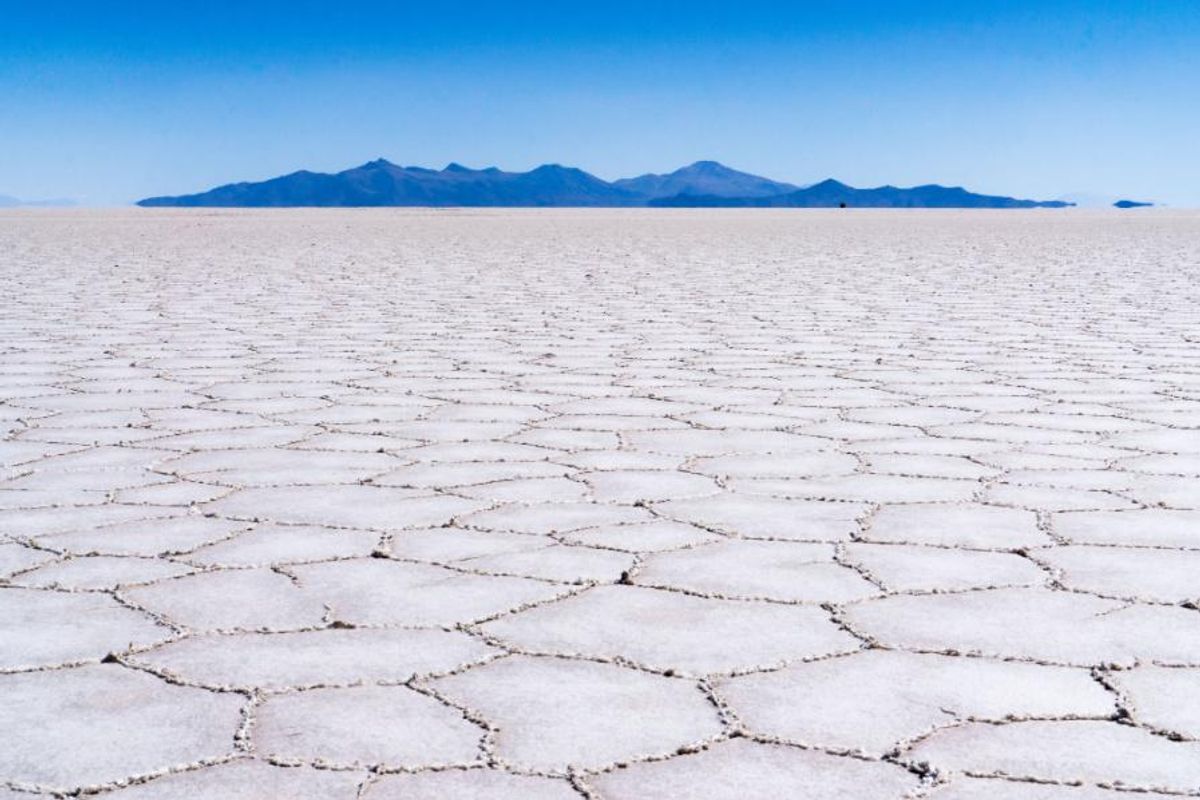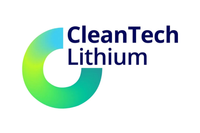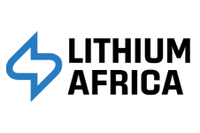Types of Lithium Brine Deposits
Lithium is mined from three types of deposits: brines, pegmatites and sedimentary rocks. Here’s a look at lithium brine deposits, broken down into continental, geothermal and oilfield brines.

The growing global adoption of electric vehicles (EVs) is driving lithium demand, and it’s important for investors interested in the battery metal to understand the different lithium deposit types found around the world.
Lithium is mined from three types of deposits: brines, pegmatites and sedimentary rocks. Global lithium reserves are estimated at 30 million metric tons (MT), and continental brines and pegmatites are the main sources for commercial production.
A University of Michigan study published in the Journal of Industrial Ecology explains, “The feasibility of recovering lithium economically from any deposit depends on the size of the deposit, its lithium content … the content of other elements and the processes that are used to remove the lithium-bearing material from the deposit and extract lithium from it.”
Lithium from brine deposits has gained more and more interest in recent years on the back of a lithium rush in Nevada, which is home to Albemarle’s (NYSE:ALB) Silver Peak lithium mine, the only producing lithium brine operation in the US and a Tesla (NASDAQ:TSLA) lithium-ion battery gigafactory.
Read on for a brief look at lithium brine deposits. You can also click here to read our overview of lithium pegmatite (hard-rock ore) deposits and sedimentary deposits.
An overview of lithium brine deposits
Generally, lithium extraction from brine sources has proven more economical than production from hard-rock ore. While hard-rock lithium production once dominated the lithium market, the majority of lithium carbonate is now produced from continental brines in Latin America. This is primarily due to the lower cost of production. That said, Australia was still the world’s largest lithium producer in 2024, and the country's lithium mines are hard-rock operations.
There are three types of lithium brine deposits: continental, geothermal and oil field. Read on to learn more about each type of lithium brine operation, including examples.
1. Lithium brine deposits: Continental
Continental brines, also known as salt lakes, salt flats or salars, are the most common form of lithium-containing brine. Continental saline desert basins form in arid environments where water does not have an outlet to the sea, and high evaporation rates lead to brines with a high concentration of dissolved salts and minerals. A playa is a type of brine deposit whose surface is composed mostly of silts and clays.
Most lithium production comes from continental lithium brine deposits in what is known as the “Lithium Triangle” — a region of the Andes mountains that includes parts of Argentina, Chile and Bolivia. Lithium brine deposits in these countries represent more than half of global lithium resources.
The best example is the 3,000 square kilometer Salar de Atacama in Chile, which has an average lithium concentration of about 0.14 percent — the highest known — and estimated lithium resources of 9.1 million MT. Two of the world’s leading lithium producers, SQM (NYSE:SQM) and Albemarle, operate on the Salar de Atacama.
Following its 2025 acquisition of Arcadium Lithium, Rio Tinto (ASX:RIO,NYSE:RIO,LSE:RIO) produces lithium carbonate from another world-class lithium brine deposit, Argentina’s Salar del Hombre Muerto. It also owns the operations at the neighboring Salar de Olaroz and the Sal de Vida project in Northwest Argentina.
Bolivia is home to the world’s largest deposit of lithium, the Salar de Uyuni. However, the odds of this continental brine seeing commercial production are low for several reasons, including the fact that Bolivia is keen on keeping its natural resources under state control.
Additionally, the deposit has high magnesium-to-lithium ratios that make it more difficult and costly to refine salt into lithium carbonate. Finally, the evaporation rate at Uyuni is also extremely high, which means refining would be more time consuming.
The Salar de Uyuni is also a major tourist attraction, meaning there are environmental, cultural and economic concerns from locals who depend on the salt flats.
2. Lithium brine deposits: Geothermal
Geothermal lithium brine deposits make up roughly 3 percent of known global lithium resources and are comprised of a hot, concentrated saline solution that has circulated through crustal rocks in areas of extremely high heat flow and become enriched with elements such as lithium, boron and potassium.
Small quantities of lithium are contained in geothermal lithium brines in New Zealand, Iceland and Chile, but the Salton Sea in Southern California is the best-known example of a geothermal lithium brine deposit.
Currently working in the Salton Sea geothermal field is Controlled Thermal Resources, which is in advanced development of the Hell’s Kitchen lithium and power project. The asset, which has an estimated 30 year life, has a total lithium resource capacity of 300,000 MT per year of lithium carbonate equivalent and a total resource capacity of 1,100 megawatts.
Controlled Thermal Resources reached a major project milestone in early 2023 with the efficient and real-time recovery of lithium from the geothermal brine resource. The company broke ground in early 2025 on the construction of its planned integrated geothermal power plant and lithium production facility, which could be completed by 2026. Stage 1 operations are expected to produce 25,000 MT of lithium hydroxide.
Vulcan Energy Resources (ASX:VUL) is currently developing the Zero Carbon lithium geothermal brine project in Germany's Upper Rhine Valley. Vulcan is utilizing a proprietary alumina-based adsorbent-type direct lithium extraction (DLE) process to produce lithium with an end goal of supplying sustainable lithium for the European EV market. Adsorption-type DLE from brines is one of the preferred types of lithium production due to its low cost, scalability and product purity. The company is looking to 2025 for commercial production.
3. Lithium brine deposits: Oil field
Lithium brine deposits can also be found in some deep oil reservoirs, accounting for 3 percent of known global lithium resources. North America is home to many oil field brines, including in the US states of North Dakota, Wyoming, Oklahoma, Arkansas and Texas; and the Canadian provinces of Ontario, Québec, Alberta, Manitoba and Saskatchewan.
Standard Lithium's (TSXV:SLI,NYSE:SLI) Arkansas Smackover projects on the US Gulf Coast is billed as one of the highest-grade lithium brine resources in North America, with a maximum concentration of 597 milligrams per liter (mg/L) and an average of 437 mg/L. The project is a joint venture between Standard Lithium, which controls 55 percent, and global energy leader Equinor (NYSE:EQNR), which holds a 45 percent interest.
Standard Lithium operates North America's only large-scale, continuously operating DLE demonstration plant. Commissioned in May 2020, the facility has processed over 28 million gallons of Smackover brine as of March 11, 2025. In the first quarter of 2025, the company achieved one of the last technical milestones in bringing the South West Arkansas project to commercialization, and demonstrated lithium recoveries over 99 percent, exceeding the 95 percent recovery used in the current demonstration plant design.
This is an updated version of an article originally published by the Investing News Network in 2016.
Don’t forget to follow us @INN_Resource for real-time news updates.
Securities Disclosure: I, Melissa Pistilli, hold no direct investment interest in any company or commodity mentioned in this article.
- 7 Biggest Lithium-mining Companies ›
- Top 9 Lithium-producing Countries ›
- Lithium Market Forecast: Top Trends for Lithium in 2025 ›
- Top 4 Largest Lithium Reserves by Country ›






